2023 Toyota Corolla Hybrid Review – Sensible Shoes

2023 Toyota Corolla Hybrid XLE Fast Facts
I’ve had, for whatever reason, a consistently unfavorable view of Toyota’s Corolla for quite some time.
Not an anti-Corolla bias, mind you. I kept an open mind every time I drove one. And every time I did, I felt let down. And that was before I compared the car to its rivals, such as the usually solid Honda Civic or the ever-improving Hyundai Elantra.
Some of this may have been that the car tended to have an awkward seating position. Or perhaps it was just that the Corolla never seemed as fully baked as other cars wearing the Toyota badge. Its big brother, the Camry, may have been boring at times but it was always well suited to its mission as a mid-size sedan. You could ding the Camry for not being fun to drive or for divisive styling, but you couldn’t deny that its all-around package was well done. It’s never been hard to understand why so many find homes in driveways across the country.
The Corolla, though – I often wonder if it sold on some combination of price and Toyota’s reputation for reliability.
Imagine my pleasant surprise, then, when I found myself vibing with the 2023 Toyota Corolla Hybrid.
It could just be as simple as the seating position being more, well, normal, but this Corolla felt better suited to day-to-day driving than any I’ve driven in recent years. It’s not perfect, and personal preference would still steer me to sportier competition – such as the aforementioned Civic – but for the shopper in need of an unpretentious daily driver that can sip fuel and accommodate the occasional freeway jaunt, this Corolla is a much better choice than its predecessors.
We often judge cars on how well they perform their mission, and the Corolla Hybrid’s mission is clear – offer easy commuting without sucking down gas.
It does want for power, a bit – there’s just 134 horsepower and 156 lb-ft of torque to work with here. Passing punch is merely adequate, at best, and you won’t win the stoplight drags.
Nor is there much to write home about when it comes to handling, but that’s OK – it’s competent enough for daily driving. Similarly, the ride is acceptable. The only real beef I had involved too much overall road noise at freeway speeds.
Even the continuously variable automatic transmission doesn’t offend – CVTs in general aren’t good, but this one at least mostly fades into the background.
Toyota has given this car a clean dash, though the tacked-on infotainment screen trend continues, much to this author’s chagrin. Generally speaking, the controls are simple and easy to use, with function leading over form. The cabin is a bit boring, but that’s OK – you’ll be happy to trade style for usability in this case. The only letdown is that some materials feel downmarket.
My test unit was an XLE sedan*. There were several additions for 2023, and the XLE trim is one. Another big piece of news is the availability of all-wheel drive and re-worked front and rear styling. The XLE comes standard with features like Toyota’s SafetySense 3.0 suite of advanced driver-aid systems, 16-inch wheels, blind-spot monitor with rear cross-traffic alert, power moonroof, LED headlights, wireless Apple CarPlay and Android Auto, satellite radio, and heated front seats. Options included JBL audio, wireless device charging, and some cosmetic adds like mudguards. That took the $26,600 price tag and, along with destination fees, bumped it to $29,231.
*The pics aren’t of an XLE. Toyota has no press shots of that trim available and I didn’t shoot this particular car for reasons I don’t recall.
This version of the Corolla isn’t a head-turner or rubber-burner. It’s a fuel-sipping commuter. And it does that job well, with EPA numbers of 46/53/50.
The enthusiast in me always fights with my practical side when testing cars like this. Most vehicles on the market aren’t sold because they’re fun – they’re sold based on the use case. Here, the mission is clear: Sip fuel, be easy to live with, and be cost-effective.
That mission is mostly accomplished. If you need basic transportation that won’t kill your fuel budget, you could do a lot worse.
Sure, you could do better, but in most cases, it will cost more.
Sensible shoes aren’t often fun, but they do serve a purpose. Sometimes practicality is what’s needed – and if that’s the case for you, the Corolla Hybrid is a stronger entrant in this class than it once was.
[Images: Toyota]
Become a TTAC insider. Get the latest news, features, TTAC takes, and everything else that gets to the truth about cars first by subscribing to our newsletter.

Tim Healey grew up around the auto-parts business and has always had a love for cars — his parents joke his first word was “‘Vette”. Despite this, he wanted to pursue a career in sports writing but he ended up falling semi-accidentally into the automotive-journalism industry, first at Consumer Guide Automotive and later at Web2Carz.com. He also worked as an industry analyst at Mintel Group and freelanced for About.com, CarFax, Vehix.com, High Gear Media, Torque News, FutureCar.com, Cars.com, among others, and of course Vertical Scope sites such as AutoGuide.com, Off-Road.com, and HybridCars.com. He’s an urbanite and as such, doesn’t need a daily driver, but if he had one, it would be compact, sporty, and have a manual transmission.
More by Tim Healey
Latest Car Reviews
Read moreLatest Product Reviews
Read moreRecent Comments
- 3-On-The-Tree Old news if it is even true. But from m my time as Firefighter/EMT fighting vehicle fires when it catches fire it is very toxic.
- Akear Chinese cars simply do not have the quality of their Japanese and Korean counterparts. Remember, there are also tariffs on Chinese cars.
- 3-On-The-Tree My experience with turbos is that they don’t give good mpg.
- GregLocock They will unless you don't let them. Every car manufacturing country around the world protects their local manufacturers by a mixture of legal and quasi legal measures. The exception was Australia which used to be able to design and manufacture every component in a car (slight exaggeration) and did so for many years protected by local design rules and enormous tariffs. In a fit of ideological purity the tariffs were removed and the industry went down the plughole, as predicted. This was followed by the precision machine shops who made the tooling, and then the aircraft maintenance business went because the machine shops were closed. Also of course many of the other suppliers closed.The Chinese have the following advantagesSlave laborCheap electricityZero respect for IPLong term planning
- MaintenanceCosts Yes, and our response is making it worse.In the rest of the world, all legacy brands are soon going to be what Volvo is today: a friendly Western name on products built more cheaply in China or in companies that are competing with China from the bottom on the cost side (Vietnam, India, etc.) This is already more or less the case in the Chinese market, will soon be the case in other Asian markets, and is eventually coming to the EU market.We are going to try to resist in the US market with politicians' crack - that is, tariffs. Economists don't really disagree on tariffs anymore. Their effect is to depress overall economic activity while sharply raising consumer prices in the tariff-imposing jurisdiction.The effect will be that we will mostly drive U.S.-built cars, but they will be inferior to those built in the rest of the world and will cost 3x-4x as much. Are you ready for your BMW X5 to be three versions old and cost $200k? Because on the current path that is what's coming. It may be overpriced crap that can't be sold in any other world market, but, hey, it was built in South Carolina.The right way to resist would be to try to form our own alliances with the low-cost producers, in which we open our markets to them while requiring adherence to basic labor and environmental standards. But Uncle Joe isn't quite ready to sign that kind of trade agreement, while the orange guy just wants to tell those countries to GFY and hitch up with China if they want a friend.



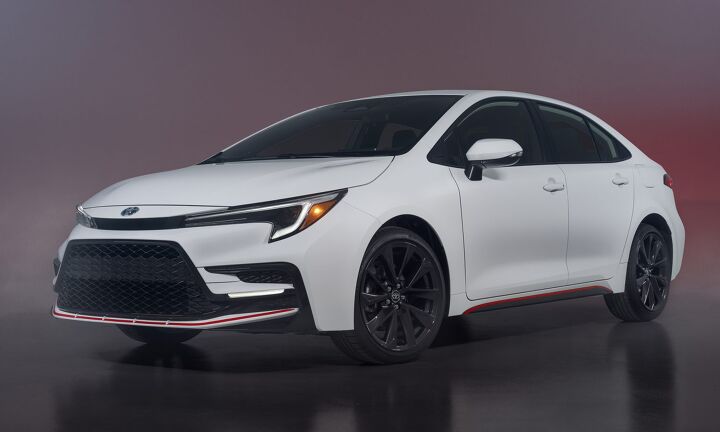





















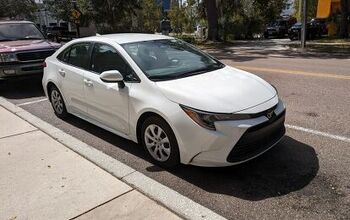
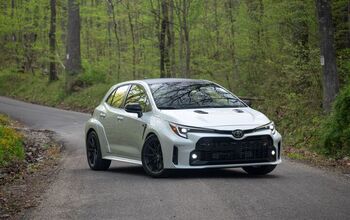
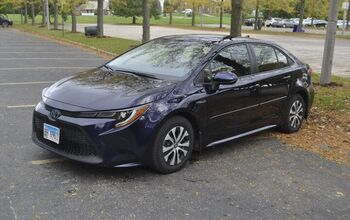



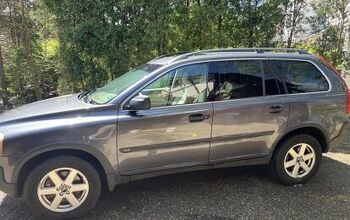







Comments
Join the conversation
I've put 30,000 miles on my Corolla hybrid since January -- several road trips plus many miles on Phoenx's fast main streets and freeways. My mileage is a steady average of 60 mpg, which ain't nothing to sniff at with Phoenix gas always above $4.50.
You make an errror when you siply look at engine stats for horsepower and torque. Those numbers are augmeted by the companion electric motor's power and torque, and with Toyota's system of seamlessly mixing gas and electric as needed, you have an amazing car.
Why do people who don't know what they're talking about write articles. It's not a cvt transmission for the 150th time. It's an ecvt transmission which is completely different in every way from a cvt. Drive the cars and get to know them before writing entire articles about something you know nothing about.